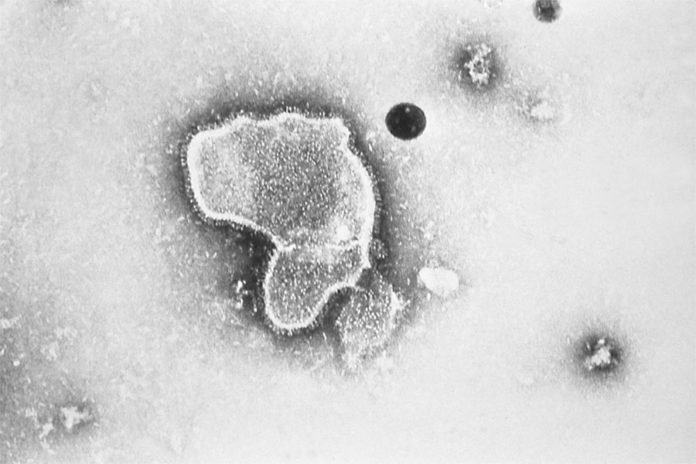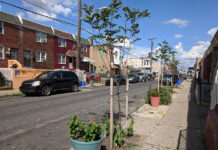
Chances are that if you have kids or have been following the news, you’ve heard a lot about a virus called respiratory syncytial virus (RSV). Across the tri-state area, cases are rising mostly among babies and young children, with a recent spike in pediatric hospitalizations. And while you may know about RSV, it doesn’t make the experience any less scary, especially for parents. As both an ER and Urgent Care doctor and dad of a toddler who has helped thousands of parents get their kids through illnesses like RSV, I wanted to share the tips I use at home.
First, let’s start with the good news. RSV is not new, and we know exactly how it works, unlike COVID in the beginning. The most high-risk children are premature and/or under 2. Except for more nose congestion than the usual cold, there is no way to really tell RSV apart from other colds unless you test for it. And most kids with RSV have mild symptoms like a very runny nose, low-grade fever, and a cough that usually goes away in about five to ten days. Since antibiotics won’t cure a virus, I stay focused on the simple things to do at home and looking for warning signs that things are getting worse.
The most important thing that many parents don’t remember is to suction the nose. It is of critical importance when treating RSV. Especially for children under 2 years old, when the nose gets too congested, they can’t breathe while eating. And when they lay flat to sleep, the post-nasal drip makes them cough so much that they don’t sleep at all. So, when my little one gets very congested, especially before eating or sleeping, I do this:
1) Wipe away what I can see with a tissue
2) Use a bulb aspirator to suction out what isn’t visible
3) If there is still a lot more, I use a nasal or electric aspirator
4) If the mucous is very thick, I use saline drops as directed
Critical warning signs I look for start with faster breathing, flaring of the nostrils to get more air, and abnormal breathing patterns like retractions of the chest wall, abdomen, and neck. The later warning signs that are very serious include the lips or fingers turning blue or falling asleep too quickly due to exhaustion from breathing fast and hard.
While knowing what to do at home is important, it’s not everything. While this has worked for me, personal medical advice comes from the healthcare providers that know you and your family best. And remember, when it doubts, err on the side of caution, and leave it to the trained medical experts.






